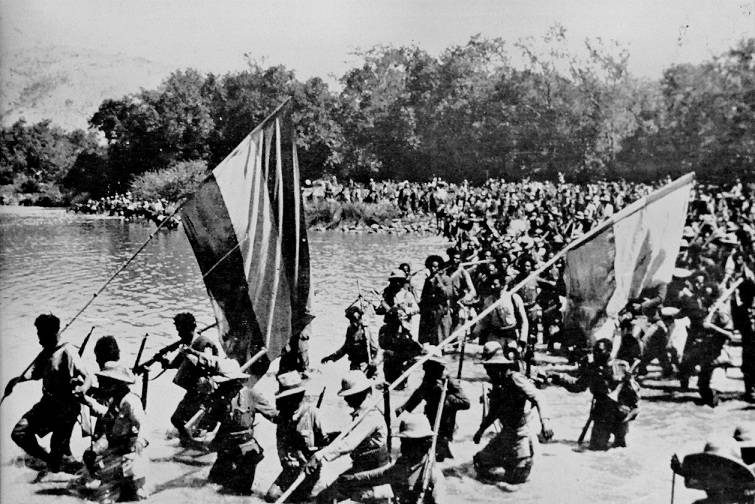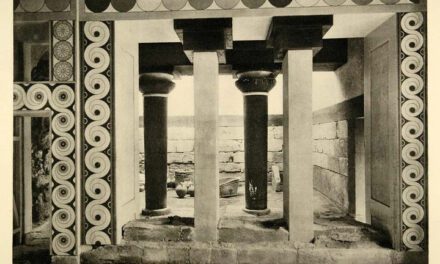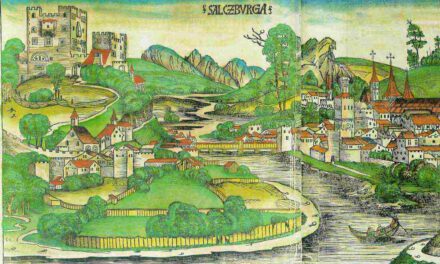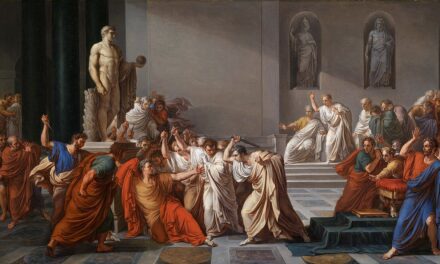History Guild General History Quiz 105
See how your history knowledge stacks up!
Want to know more about any of the questions? Once you’ve finished the quiz click here to learn more.
Have an idea for a question? Suggest it here and we’ll include it in a future quiz!
The stories behind the questions
1. Which country invaded Ethiopia in 1895 and 1935?
Italy – The Italians invaded Ethiopia in 1895 in an attempt to secure their share of the colonial scramble for Africa. They were unsuccessful, with the Ethiopians successfully repulsing their attempted invasion. In 1935 Italy under Mussolini tried a second time, this time managing to defeat the Ethiopians using tanks, aircraft and poison gas. However, the Ethiopian guerrillas fought fiercely during the 6 years of Italian occupation. In 1941 a British Commonwealth force combined with Ethiopian irregular forces defeated the Italians.
Read more about Ethiopia’s resistance to Italian invasion.
2. Which of these countries were colonised first?
Guyana – Guyana was colonised by the Dutch in 1581. In 1627 they established the Berbice company, which brought slaves from Africa to work on plantations they established growing sugar, coffee and other commodity crops. The Berbice company was particularly harsh in it’s treatment of slaves, who rebelled in 1763. The former slaves established a government ruling over more than half of the former Berbice company territory. They were only defeated after the Europeans marshalled overwhelming military force. This incredible story of this rebellion is described in the excellent Blood on the River, by Marjoleine Kars.
3. In which place and time would you find a “Priest Hole”?
British country house, 1500’s – In the aftermath of the English reformation there was harsh repression of Catholics. This included restricting Catholic clergy from preaching. Some Catholic aristocracy created “Priest holes” which were small hidden rooms where Catholic clergy could hide from the Royal authorities. These were primarily built between the 1550’s and 1605.
4. Which 19th century city does this painting show?
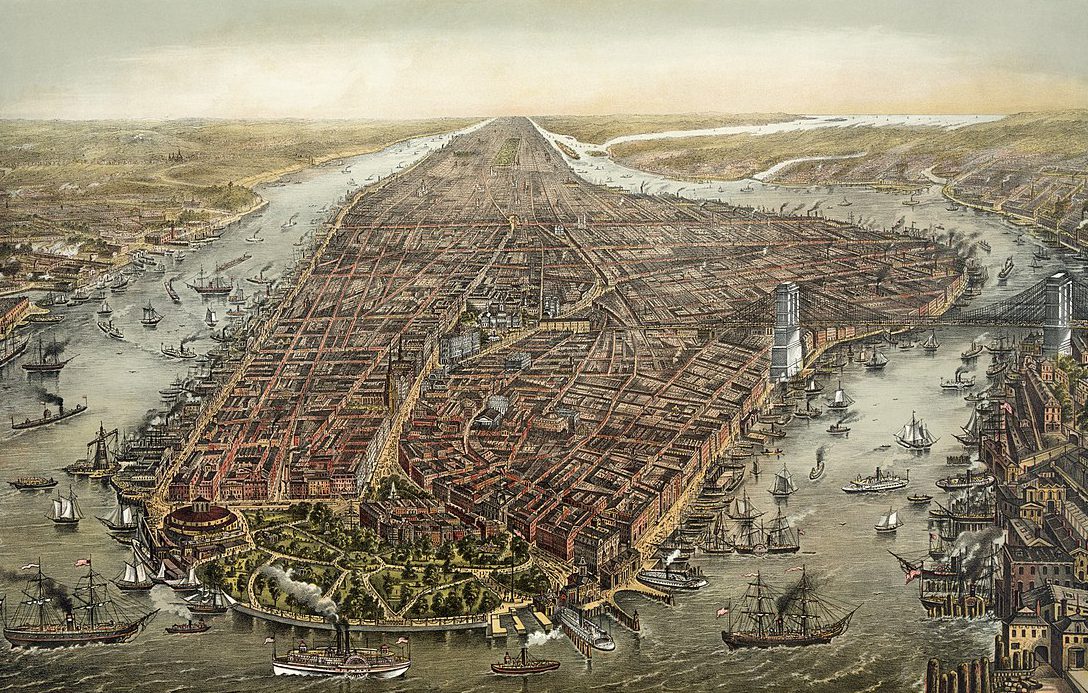
New York – This lithograph by George Schlegel shows New York in 1873. Battery Park is in the foreground and the Brooklyn Bridge on the right.
5. The wheel of righteousness, which appears on the flag of India, is inspired by which historical figure?
Ashoka the Great – Ashoka ruled over much of the Indian subcontinent from 268 BCE to 232 BCE. He encouraged the spread of Buddhism, as well as establishing a better trading network across the region. The wheel of righteousness is also known as the Ashoka Chakra.
6. When did the Romans first successfully invade Britain?
43 CE – The invasion began under Emperor Claudius, and was largely completed in the southern half of Britain by 87 CE. Even after Hadrian’s Wall was built in 122 CE tribes in Scotland and northern England repeatedly rebelled against Roman rule and forts continued to be maintained across northern Britain to protect against these attacks.
7. David Livingstone is most famous for his exploration of which region?
Sub-Saharan Africa – Livingstone was a Scottish physician, pioneer Christian missionary and explorer. He travelled to Africa in 1841, proselytising and exploring for the next three decades. Livingstone completely lost contact with the outside world for six years and was ill for most of the last four years of his life.
Henry Morton Stanley had been sent to find him by the New York Herald newspaper in 1869. He found Livingstone in the town of Ujiji on the shores of Lake Tanganyika on 10 November 1871, apparently greeting him with the now famous words “Dr Livingstone, I presume?” Livingstone died in 1873 at the age of 60 in Chief Chitambo’s village at Chipundu in present-day Zambia, from malaria and internal bleeding due to dysentery.
8. In the 480 BCE Battle of Thermopylae who were the Spartans fighting against?
Persians – The Battle of Thermopylae was fought between an alliance of Ancient Greek city-states, led by King Leonidas I of Sparta, and the Persian Achaemenid Empire of Xerxes I. It was fought in 480 BC over the course of three days, during the second Persian invasion of Greece.
9. What year did the BBC commence broadcasting?
1922 – Britain issued a single broadcasting licence to a company jointly owned by a consortium of leading wireless receiver manufacturers, to be known as the British Broadcasting Company Ltd. John Reith was appointed its general manager in December 1922 a few weeks after the company made its first official broadcast. The company was to be financed by a royalty on the sale of BBC wireless receiving sets from approved domestic manufacturers. To this day, the BBC aims to follow the Reith’s directive to “inform, educate and entertain”.
10. In which modern-day country was Nubia primarily located?
Egypt – Nubia is a region along the Nile river encompassing the area between the first cataract of the Nile (just south of Aswan in southern Egypt) and the confluence of the Blue and White Niles (in Khartoum in central Sudan). It was the seat of one of the earliest civilisations of ancient Africa, the Kerma culture, which lasted from around 2500 BC until its conquest by the Egypt around 1500 BC.
Nubia was home to several empires, most prominently the Kingdom of Kush, which conquered Egypt in the eighth century BC.

